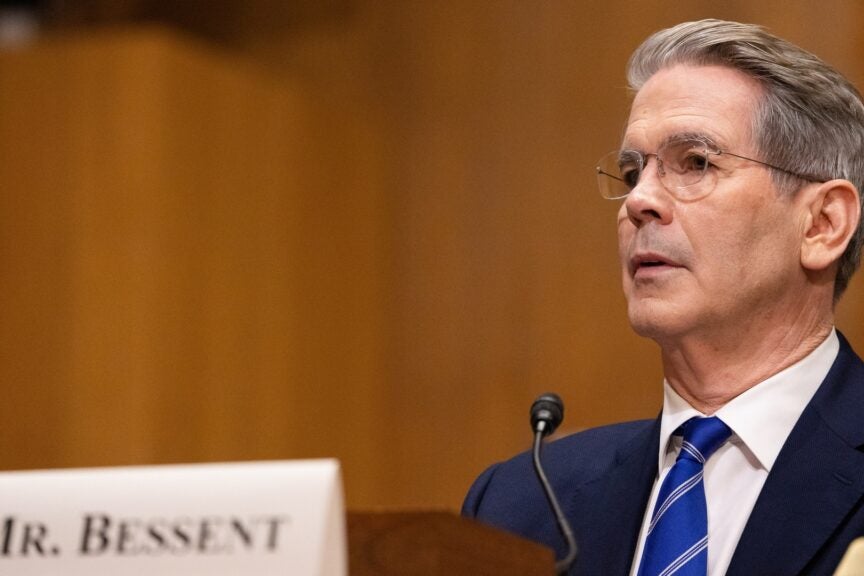Wolfspeed on the Brink: A $6.5 Billion Debt Crisis Unfolds
Wolfspeed Inc., a leading semiconductor manufacturer specializing in silicon carbide technology, faces imminent financial collapse as it struggles with $6.5 billion in debt. The Durham, North Carolina-based company saw its stock plummet 60% in recent weeks after abandoning debt restructuring talks, sparking fears of bankruptcy. Industry analysts warn the crisis could disrupt the global electric vehicle and renewable energy sectors, where Wolfspeed’s components play a critical role.
The Perfect Storm: How Wolfspeed Reached This Point
Wolfspeed’s financial troubles stem from aggressive expansion plans coupled with slowing demand in key markets. The company invested heavily in new fabrication facilities, including a $5 billion plant in North Carolina and a $3 billion facility in Germany, just as EV adoption rates began slowing in 2023. Meanwhile, rising interest rates made servicing their debt significantly more expensive.
Key financial indicators reveal the depth of the crisis:
- Total debt: $6.5 billion (up from $4.2 billion in 2022)
- Cash reserves: $2.1 billion (down 38% year-over-year)
- Q1 2024 net loss: $329 million (versus $187 million loss in Q1 2023)
Market Reactions and Investor Fallout
The company’s decision to walk away from restructuring negotiations with creditors sent shockwaves through financial markets. Wolfspeed’s stock (NYSE: WOLF) closed at $18.42 on July 15, down from $46.20 just three months prior. Bond prices collapsed to 32 cents on the dollar, signaling investors expect default.
“This is a classic case of over-leverage meeting changing market conditions,” said financial analyst Miranda Chen of Bernstein Research. “Wolfspeed bet big on exponential EV growth that didn’t materialize as projected. Now they’re stuck with billions in debt and half-empty factories.”
Retail investors have been particularly hard hit. Over 23% of Wolfspeed’s float was held by individual investors, many drawn to the company’s position in the “green tech” sector. The rapid decline has wiped out nearly $4 billion in market capitalization since April.
Potential Ripple Effects Across Industries
As a primary supplier of silicon carbide chips for EVs and renewable energy systems, Wolfspeed’s instability threatens supply chains. Major clients including Tesla, GM, and Siemens have begun qualifying alternative suppliers, according to industry sources.
The crisis comes at a critical time for the automotive industry’s electrification plans. Silicon carbide chips enable faster charging and greater efficiency in EVs – technologies automakers can’t easily replace. “If Wolfspeed fails, we’re looking at potential production delays across multiple EV models in 2025,” warned automotive analyst James Follett.
Potential impacts include:
- Delayed EV model launches from 3 major automakers
- 5-8% cost increases for power electronics systems
- 6-12 month qualification periods for alternative suppliers
Possible Paths Forward for Wolfspeed
Industry observers see three potential scenarios for Wolfspeed:
- Chapter 11 restructuring: The most likely path, allowing continued operations while renegotiating debts
- Strategic acquisition: Larger semiconductor firms like ON Semiconductor or Infineon could acquire key assets
- Liquidation: A worst-case scenario that would fragment the company’s technology portfolio
“Their technology is too valuable to disappear completely,” noted semiconductor industry veteran Rajeev Chand. “Even in bankruptcy, the IP and manufacturing expertise will find buyers. The question is how much value current shareholders can salvage.”
Lessons for the Semiconductor Industry
Wolfspeed’s crisis highlights the risks of heavy debt financing in capital-intensive industries. The semiconductor sector has seen multiple boom-bust cycles, but the current combination of high interest rates and uncertain demand creates particularly dangerous conditions.
Key takeaways for investors:
- Debt levels above 50% of market cap warrant extreme caution in cyclical industries
- Even “future-proof” tech sectors face unpredictable demand shifts
- Vertical integration strategies carry massive financial risks
The situation also raises questions about government incentives. Wolfspeed benefited from substantial CHIPS Act funding for its North Carolina expansion – highlighting how public-private partnerships can still go awry.
What Comes Next for Wolfspeed and Stakeholders
In the coming weeks, market watchers expect either a prepackaged bankruptcy filing or emergency acquisition talks. The company has until September 30 to make a $450 million bond payment before facing potential default.
For investors, analysts recommend extreme caution. “This isn’t a typical dip buying opportunity,” warned Chen. “The equity could be wiped out entirely in restructuring. Bondholders might recover 30-40 cents on the dollar, but that’s far from certain.”
Industry partners are already implementing contingency plans. Several automakers confirmed they’re accelerating qualification of second-source suppliers, while renewable energy firms are stockpiling critical components.
As the situation develops, stakeholders should monitor:
- Debt restructuring announcements before August 15
- Potential white knight investor interest
- Customer statements about supply chain impacts
For ongoing coverage of this developing story and expert analysis of semiconductor market trends, subscribe to our industry newsletter for daily updates.
See more CNBC Network



